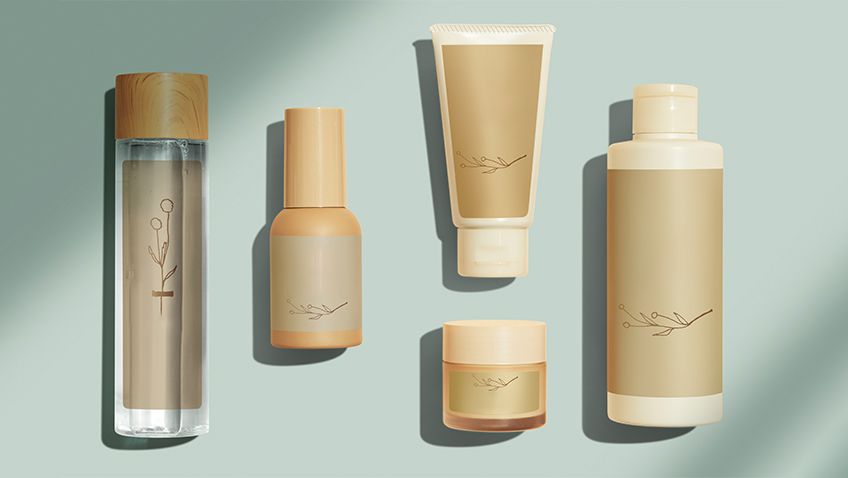
If you’re looking for a cosmetic ingredient that won’t cause your breakouts, you should be looking for a product that won’t cause breakouts. These ingredients are known to cause acne, so it’s best to avoid them if you can.
Here, we’ll give an example and explain why it’s important to look for this name when choosing makeup.
what is it?
Pimples are tiny blackheads that can form on your skin. They are caused by accumulation of oil, sebum, and dead skin cells in the pores. When they become blocked, they can enlarge pores and cause blemishes.
“Non-comedogenic” or “oil-free” ingredients are less likely to clog pores and cause blemishes. Look up these terms on makeup, moisturizers, and sunscreen products.
Why use them?
These products are important to use because they can help prevent blackheads, pimples, and other blemishes on your skin, so if you’re battling breakouts, it’s worth changing your skincare routine.
There are several reasons why these ingredients can cause skin problems, such as:
they have a high acne rate
They are notorious for clogging
they can irritate the skin
they can trigger an immune response
Why choose non-comedogenic?
Comedogenic ingredients are likely to clog your skin. These ingredients can be found in a variety of skincare, makeup, and beauty products, including foundations, sunscreens, moisturizers, and concealers.
Some common acne ingredients include:
coconut oil
Coco fat
isopropyl alcohol
beeswax
shea butter
mineral oil
On the other hand, products that do not contain such ingredients have little chance of clogging the skin. These are often found in skincare and makeup products marketed as “oil-free” or “non-acne-free.”
Some common ingredients include silicones, dimethicone, and cyclomethicone.
Example
Some common ingredients include:-
Silicone bases: These are often used in foundations and other makeup products to help create a smooth, silky texture. Polydimethylsiloxane is a commonly used silicone.
Cyclomethicone: This ingredient is also a silicone and is often used in products, especially those designed for oily skin.
Nylon base: These are often used in foundations and other makeup to help create a smooth texture. Nylon-12 is a commonly used nylon.
Teflon: This is a synthetic polymer commonly used in foundations to create a smooth texture.
Benefit
Reduces skin breakouts – because excess oil and dirt doesn’t build up, you’re less likely to get breakouts
Improves skin tone – your skin will have a more even texture and appearance
Reduced irritation – if you have sensitive skin, these products will be less likely to irritate
Longer-lasting makeup – it will have a better chance of staying in place
Faster Absorption – Because they are not on top of the skin, they are absorbed more easily.
So if you’re looking for hypoallergenic makeup that won’t cause breakouts, be sure to check the label ingredients.
Which ingredients should you avoid?
There are some ingredients to avoid when choosing cosmetics, such as:
Isopropyl myristate: Used as a solvent, known to cause acne (clogging of pores)
Propylene Glycol: This is a humectant and can cause skin irritation
Phenoxyethanol: This preservative may be toxic to the kidneys and central nervous system
Parabens: These Preservatives Mimic Estrogen And Linked To Breast Cancer
Fragrances: Fragrances are made up of many different chemicals, some of which are called allergens.
You should also avoid anything you are allergic to. If you’re not sure what ingredients are in a particular product, check the label or product flashcard.
In conclusion
If you’re looking for makeup that won’t clog your skin or cause acne, look for non-comedogenic ingredients to help keep your skin clean and healthy.
If you want to know more about cosmetic, please contact us!
Post time: Sep-19-2022


